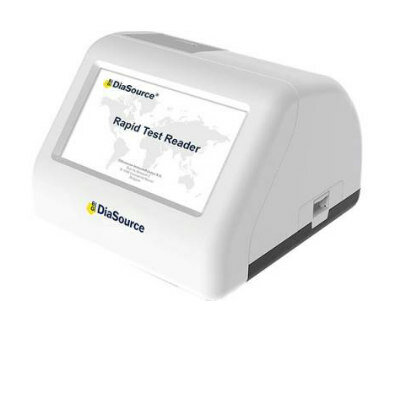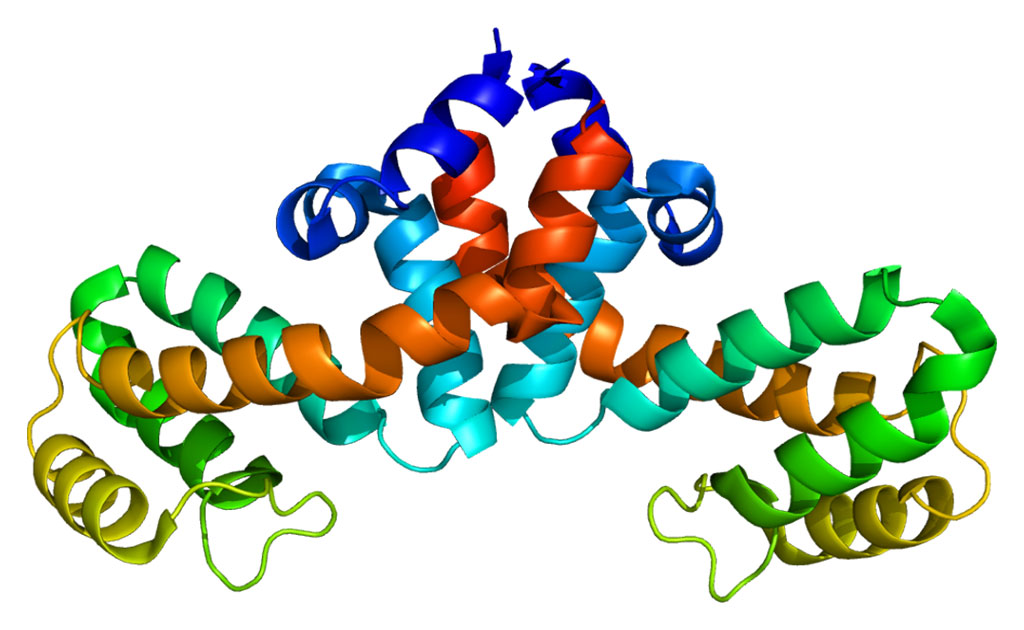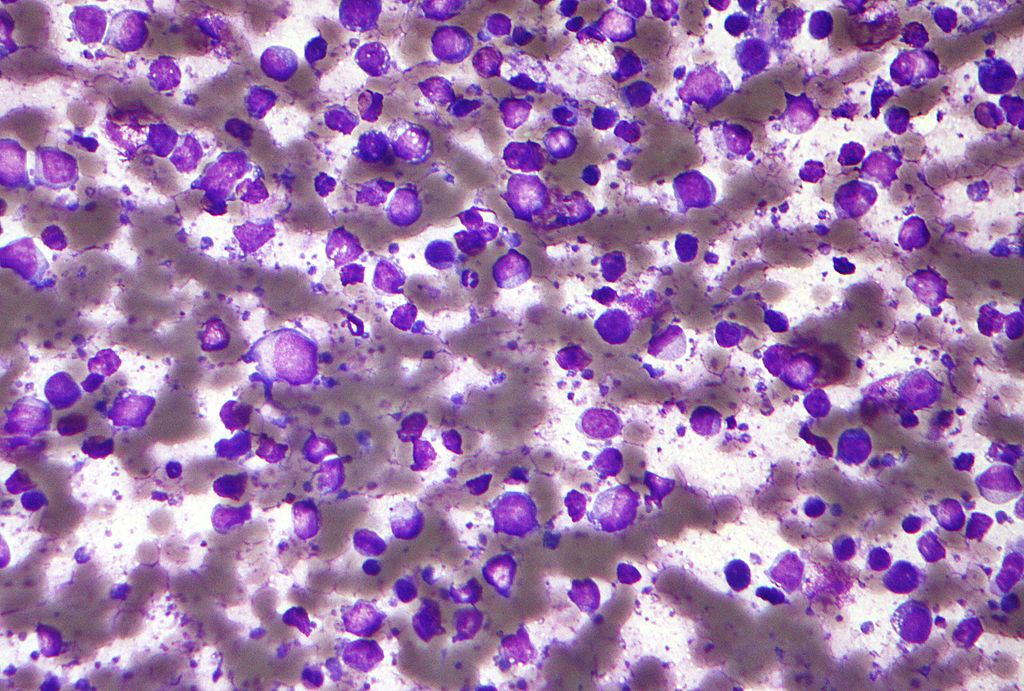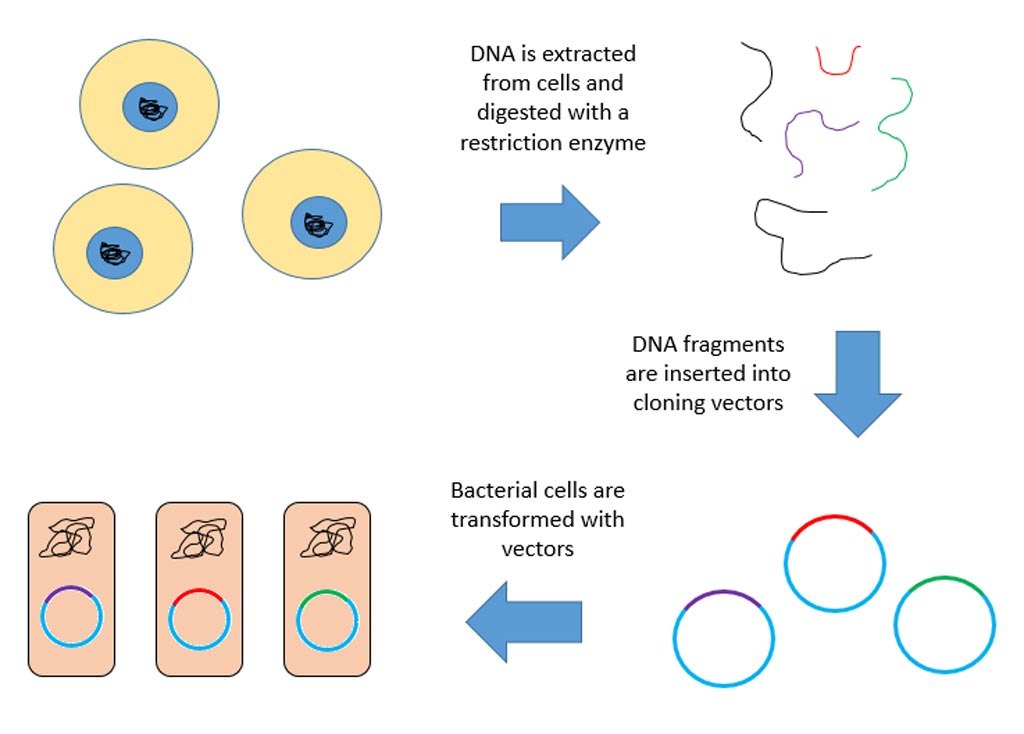Neutralizing Antibody Immobilizes West Nile Fever Virus Shell Proteins
By LabMedica International staff writers
Posted on 17 Nov 2010
Recently obtained cryoelectron microscope data has revealed how a human antibody binds to and neutralizes the virus that causes West Nile fever.Posted on 17 Nov 2010
Investigators at Purdue University (West Lafayette, IN, USA) worked with the human monoclonal antibody CR4354, which had originally been obtained from a West Nile fever patient. They prepared pure FAB (antigen binding fragment) segments from the antibody and used these peptides in conjunction with cryoelectron microscopy and X-ray crystallography to study the interaction of the antibody with the West Nile virus.
Results published in the November 2, 2010, issue of the journal Proceedings of the [U.S.] National Academy of Sciences (PNAS) revealed that each FAB segment attached to two adjacent protein molecules that comprise the outer shell of the virus. This cross-linking pattern was repeated over the entire viral shell, interlocking the 30 molecular "rafts” that make up the shell and preventing the structural changes needed for the virus to infect host cells.
"The antibody cross linking causes the virus to become rigid, and this rigidity prevents conformational changes to the virus needed to fuse with host cells,” said senior author Dr. Michael Rossmann, professor of biological sciences at Purdue University.
"There are many antibodies that can neutralize West Nile virus,” said Dr. Rossmann. "These findings concern a specific antibody, called CR4354. It uses an unusual approach to neutralize the virus. Normally an antibody binds to a single molecule, but now we see this cross linking, which is quite clever because it ties everything rigidly together.”
Related Links:
Purdue University













